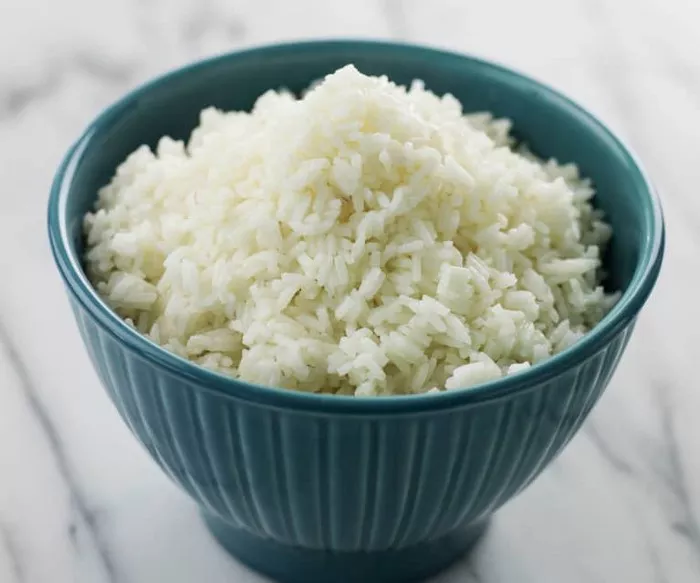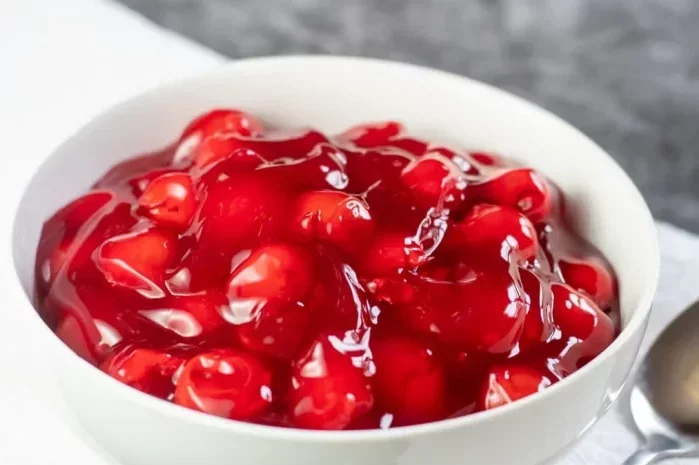Managing diabetes requires careful attention to diet, with a focus on regulating blood sugar levels and maintaining overall health. For individuals with diabetes, selecting foods with favorable nutritional profiles is essential for effectively managing the condition and minimizing complications. Corn and rice are two staple grains commonly consumed worldwide, but how do they compare in terms of their impact on diabetes management?
In this article, we delve into the nutritional aspects of corn and rice, exploring their potential benefits and considerations for individuals with diabetes.
Understanding the Glycemic Index
The glycemic index (GI) is a measure that ranks carbohydrate-containing foods based on their effect on blood sugar levels. Foods with a high GI are rapidly digested and absorbed, leading to a quick spike in blood sugar levels, while foods with a low GI are digested and absorbed more slowly, resulting in a gradual increase in blood sugar levels.
Corn vs. Rice: Glycemic Impact
When comparing corn and rice in terms of their glycemic impact, several factors come into play. While both grains contain carbohydrates, their specific composition and processing methods can influence their GI.
Corn:
Whole corn kernels have a relatively low GI compared to some other starchy vegetables and grains. The presence of dietary fiber, protein, and fat in corn kernels contributes to slower digestion and absorption of carbohydrates, resulting in a more gradual rise in blood sugar levels. As a result, corn may be a favorable option for individuals with diabetes when consumed in moderation.
Rice:
The GI of rice can vary depending on factors such as variety, processing, and cooking method. Generally, white rice has a higher GI compared to brown rice or other whole grain varieties. White rice undergoes milling and polishing, which removes the outer bran and germ layers, resulting in a lower fiber content and higher glycemic response. Brown rice, on the other hand, retains the bran and germ layers, providing more dietary fiber and nutrients, and typically has a lower GI.
Nutritional Considerations
In addition to their glycemic impact, corn and rice differ in their nutritional composition, which can influence their suitability for individuals with diabetes.
Corn:
Corn is rich in complex carbohydrates, dietary fiber, vitamins, and minerals. The fiber content in corn helps slow down digestion and promote satiety, which can aid in blood sugar management and weight control. Furthermore, corn contains antioxidants such as lutein and zeaxanthin, which have been linked to improved eye health, a consideration for individuals with diabetes who may be at higher risk of diabetic retinopathy.
Rice:
The nutritional profile of rice varies depending on the variety and processing method. Whole grain varieties of rice, such as brown rice or wild rice, are higher in fiber, vitamins, and minerals compared to refined white rice. Consuming whole grain rice varieties can provide sustained energy release and promote better blood sugar control compared to white rice.
Incorporating Corn and Rice into a Diabetes-Friendly Diet
For individuals with diabetes, incorporating corn and rice into a balanced diet requires careful consideration of portion sizes, meal composition, and overall carbohydrate intake. Here are some tips for including corn and rice in a diabetes-friendly diet:
1. Portion Control:
Monitor portion sizes and aim for appropriate serving sizes of corn and rice to help regulate blood sugar levels. Balancing carbohydrate intake with protein, healthy fats, and non-starchy vegetables can help minimize glycemic impact and promote overall health.
2. Choose Whole Grain Varieties:
Opt for whole grain varieties of corn and rice, such as whole corn kernels and brown rice, which are higher in fiber and nutrients compared to refined versions. Whole grains provide sustained energy release and can help stabilize blood sugar levels over time.
3. Diversify Your Diet:
Incorporate a variety of grains, vegetables, legumes, and lean proteins into your meals to ensure a well-rounded and nutritious diet. Experiment with different cooking methods and flavor combinations to add variety and enjoyment to your meals while managing diabetes effectively.
Conclusion
While both corn and rice can be part of a diabetes-friendly diet, understanding their glycemic impact and nutritional composition is essential for making informed dietary choices. Incorporating whole grain varieties of corn and rice, monitoring portion sizes, and balancing carbohydrate intake with other nutrient-rich foods can help individuals with diabetes manage their condition effectively while enjoying a diverse and satisfying diet. By incorporating these strategies into daily meal planning, individuals can optimize blood sugar control, promote overall health, and enhance quality of life.

























